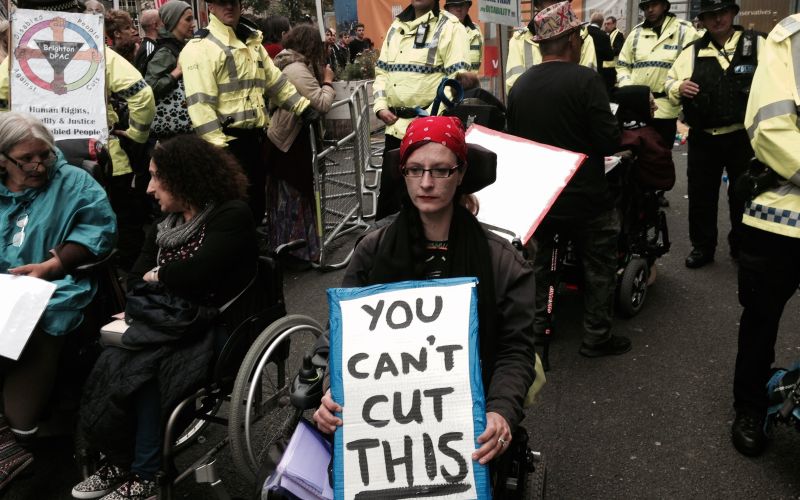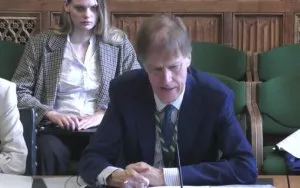Campaigners say the government’s decision to enforce a freeze on working-age benefits from April – even though older people will see their pensions increase by 2.9 per cent – will further entrench disability poverty.
The annual “uprating” of working-age benefit rates were decided last October, and are based on the CPI (consumer price index) rate for September, which showed that measure of inflation at minus 0.1 per cent.
CPI has since risen to 0.2 per cent in December, and could rise higher over the next few months.
But because of the “triple lock” rules introduced under the coalition, pensions will rise by 2.9 per cent, equivalent to the increase in average wages.
There was already anger at a freeze to many working-age benefits that will last until 2020, which was announced by chancellor George Osborne in last summer’s budget.
But Osborne’s freeze did not apply to benefits such as disability living allowance (DLA), personal independence payment (PIP), attendance allowance (AA) and the support group component of employment and support allowance (ESA).
Now, thanks to the decision to follow last September’s CPI, working-age benefits including DLA, PIP, AA and the ESA support group component will be set at exactly the same rate in 2016-17 as they were in 2015-16.
There was little or no attention paid to the announcements last autumn, even though they are likely to mean a real terms cut in benefits for working-age disabled people, compared to a sizeable real terms increase for older people.
Linda Burnip, co-founder of Disabled People Against Cuts, said: “This is another insidious cut being made to working-age benefits by utterly unscrupulous politicians.
“The real rate of inflation is already hidden by the use of CPI in determining benefit uprating amounts.
“This additional attack will only lead to even greater levels of poverty.”
Geoff Fimister, RNIB campaigns officer, said: “Freezing and below-inflation upratings have become familiar measures in recent years.
“The real value of benefit incomes is being steadily eroded and these methods should be taken seriously in any discussion of living standards.
“Its semi-concealed nature, during a period of relatively low inflation, does not alter the fact that over time, poor people are being made poorer and now compensation for the extra costs of disability is effectively being reduced.
“It seems unlikely that above-inflation increases will be offered to restore the situation as the economy improves, so we are concerned that many blind and partially-sighted people will continue to experience a decline in their standard of living.”
A Department for Work and Pensions (DWP) spokeswoman said: “Disability benefits rates are reviewed every year and will rise in line with inflation, making sure their value stays the same when compared to prices.
“We continue to spend around £50 billion a year on benefits to support people with disabilities or health conditions.”
She said the government spends about 2.5 per cent of GDP on disability benefits, which is more than six per cent of overall government spending.
Victor Martin Hunt, from Abergele, on the north Wales coast, who raised concerns about the new rates with Disability News Service, said he was appalled when he discovered the freeze after calling DWP to find out what the next year’s benefit payments would be.
Hunt receives a pension, so will not be seriously affected, although he also receives the higher mobility and care components of disability living allowance.
He said he was concerned about the impact on younger disabled people.
He added: “To me what they are doing is proving what their policy is: that they are not interested in people with disabilities.”

 Disabled MP who quit government over benefit cuts tells DNS: ‘The consequences will be devastating’
Disabled MP who quit government over benefit cuts tells DNS: ‘The consequences will be devastating’ Minister finally admits that working-age benefits spending is stable, despite months of ‘spiralling’ claims
Minister finally admits that working-age benefits spending is stable, despite months of ‘spiralling’ claims This bill opens the door to scandal, abuse and injustice, disabled activists say after assisted dying bill vote
This bill opens the door to scandal, abuse and injustice, disabled activists say after assisted dying bill vote